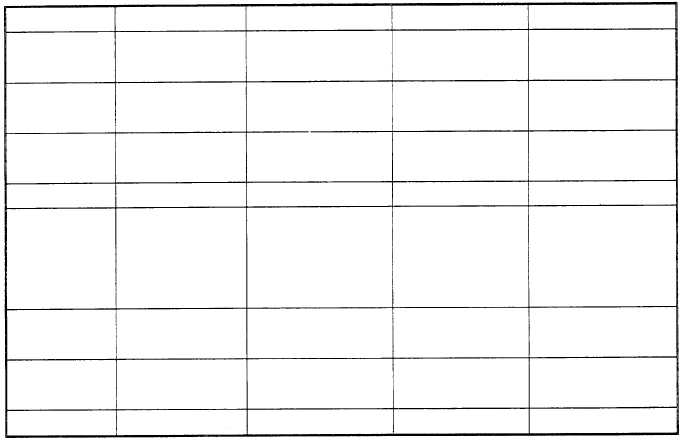Table 1-4.—Precipitation Intensity Indicators
TYPE
Rain, Snow
Freezing rain
Drizzle
Rain, Snow
Freezing rain
Ice pellets
Drizzle,
Snow grains,
Snow pellets
and snow
Rain
Rain
Rain
LIGHT
MODERATE
HEAVY
trace to 0.10"
0.11" to 0.30"
>.30"
ACCUMULATION
trace to 2.5 mm
2.8 mm to 7.6 mm
>7.6 mm
PER HOUR
trace to 0.01"
>0.01" to 0.02"
>0.02”
trace to 0.3 mm
>0.3 mm to 0.5 mm
>0.5 mm
trace to 0.01"
>0.01" to 0.03"
>0.03”
ACCUMULATION
trace to 0.3 mm
>0.3 mm to 0.8 mm
>0.8 mm
PER 6 MINUTES
Little/none
Slow
Rapid
ACCUMULATION
2 5/8 mi
5/16 to
1/2 mi
1/4 mi
VISIBILITY
2 0.55 nm
0.25 to 0.50 nm
0.20 nm
2 1,000 m
500 to 1000 m
400 m
Easily seen
Not easily seen
Unidentifiable
DROPLET
Rain in sheets
IDENTIFICATION
Hardly noticeable
Noticeable
Heavy, several
SPRAY OVER
inches high
HARD SURFACES
Forms slowly
Forms rapidly
Forms very rapidly
PUDDLES
After rain droplets and/or ice crystals form, growth
in size is aided by the process of accretion—the fusing
together of small droplets that collide. Droplets may
also collide with ice crystals and freeze upon contact to
make a larger crystal. Turbulence within a cloud may
increase the rate of accretion, while strong updrafts
within cumulus clouds may keep the crystals or
droplets, which are continuously increasing in size,
suspended for longer periods of time and allow the
growth of very large drops or crystals. Chapter 9 of the
text Meteorology Today contains more detailed
information on precipitation processes.
Wind-blown Forms
A few reportable hydrometeors are simply moisture
picked up from the ground or ocean surface and carried
by the wind. Blowing and drifting snow, dust, sand, and
blowing spray are hydrometeors of this group.
BLOWING SNOW/DUST/SAND.—The
hydrometeor blowing snow, dust, or sand exists only
when strong winds lift snow, dust or sand from the
surface to a height of 6 feet or greater, and the snow,
dust, or sand reduces the visibility to less than 7 miles.
LOW DRIFTING SNOW/DUST/SAND.—This
phenomena exists only when strong winds lift snow,
dust, or sand from the surface to less than 6 feet, and the
snow, dust, or sand does not reduce the visibility below
7 miles.
BLOWING SPRAY.—A hydrometeor that occurs
only in very high winds, where water is lifted from the
ocean by the wind and reduces visibility at eye level to 6
nautical miles or less.
ELECTROMETEORS
Our discussion includes lightning and auroras,
which are the only significant electrometeors.
Lightning
Lightning is the most frequently observed
electrometeor. This massive electrical discharge from
rapidly growing cumuliform clouds is a very dangerous
phenomenon that kills an average of 85 people per year,
injures hundreds of people per year, and causes property
damage in the millions of dollars. For example, in 1989
over million in civilian property damage was
caused directly by lightning.
1-35

